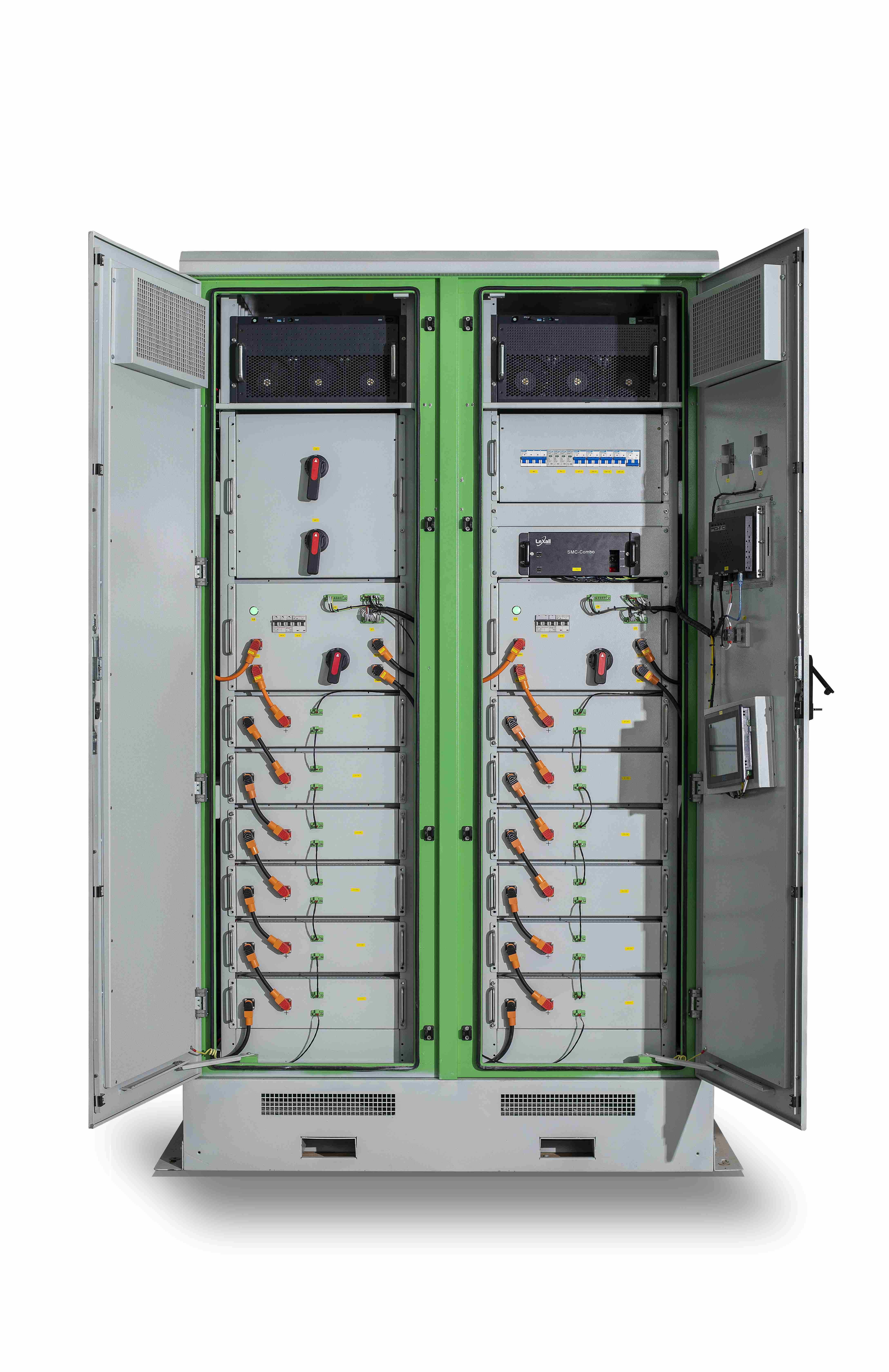
Apr . 17, 2024 15:01 Back to list
The difference between power battery and energy storage battery energy storage system
Low carbon has become the main development direction of the world. With the support of national policies, the demand for lithium batteries continues to rise. With the gradual maturity of lithium battery technology, people mainly divide lithium batteries on the market into power There are two types of batteries and energy storage batteries, so what is the difference between power batteries and energy storage batteries?
What is a power battery?
The power battery is the source of power for tools, mostly referring to batteries that provide power for electric vehicles, electric buses, electric two-wheeled vehicles, drones, etc.
What is an energy storage battery?
Energy storage batteries mainly refer to batteries used for solar power generation equipment, wind power generation equipment and renewable energy storage energy.
The technology and product goals pursued by energy storage cells and power cells are different-according to different application scenarios, energy storage batteries are mostly used in power systems, and require low cost and long life; power batteries mainly provide power for vehicles, More pursuit of high energy density. There are certain differences between the two,
1. Different application scenarios. At present, power batteries and energy storage batteries are the fields with the greatest potential for future development of lithium batteries. Power batteries are mainly used in new energy vehicles, light electric vehicles, electric tools, etc., in pursuit of high energy density and power density; energy storage batteries are used in power stations, communications For base stations, etc., since most energy storage devices of energy storage batteries do not need to be moved, energy storage lithium batteries do not have direct requirements for energy density. Unused energy storage scenarios have different requirements for power density. In terms of battery materials, pay attention to the expansion rate , energy density, uniformity of electrode material performance, etc., in order to pursue long life and low cost of the entire energy storage device.
2. The battery management system is different. In terms of the structure of the battery system, the power battery PACK is basically composed of the following five systems: battery module, battery management system, thermal management system, electrical system and structural system. A complete electrochemical energy storage system is mainly composed of a battery pack, battery management system (BMS), energy management system (EMS), energy storage converter (PCS) and other electrical equipment. The main difference between power batteries and energy storage batteries is the BMS battery management system, which determines whether the various parts and functions of the battery pack can be coordinated. For power batteries, it is directly related to whether the battery pack can provide power output for electric vehicles safely and reliably. , the BMS of the battery management system of the power battery and the energy storage battery is different, because the power battery is mostly used in new energy vehicles, and it is often in high-speed motion. The power response speed and power characteristics of the battery, SOC estimation accuracy, and the number of state parameter calculations are more rigorous. Requirements, and related adjustment functions also need to be realized through BMS.
3. The cycle life is different. Power batteries and energy storage batteries have quite different requirements on cycle life. Taking electric vehicles as an example, the theoretical life of a ternary lithium battery pack is generally 1,200 times. According to the frequency of use, it is fully charged and discharged once every three days, and fully charged and discharged 120 times a year. The calendar life of a ternary lithium battery reaches ten years. Energy storage batteries are charged and discharged more frequently. Under the premise of the same ten-year calendar life, there are higher requirements for cycle life. For example, energy storage power stations and household energy storage are charged and discharged once a day, and energy storage lithium batteries The cycle life is generally required to be greater than 3500 times. If the charge and discharge frequency is increased, the cycle life requirement is usually required to reach more than 5000 times.
4. System structure and cost composition. The power system PACK basically consists of the following five systems: battery module, battery management system, thermal management system, electrical system and structural system. The cost of the power battery system consists of batteries, structural parts, BMS, boxes, accessories, and manufacturing costs. And other comprehensive cost components, the battery cell accounts for about 80% of the cost, and the PACK (including structural parts, BMS, box, auxiliary materials, manufacturing costs, etc.) cost accounts for about 20% of the entire battery pack cost. The energy storage battery system is mainly composed of a battery pack, a battery management system (BMS), an energy management system (EMS), a power storage converter (PCS) and other electrical equipment. In the cost of the energy storage battery pack, the battery is the energy storage The most important component of the system accounts for 60% of the cost, followed by energy storage inverters accounting for 20%, EMS costs account for 10%, BMS costs account for 5%, and others account for 5%.
The above is the content shared in this issue, thank you for reading.
Latest news
-
Stackable Battery System: Revolutionizing C&I Energy Storage with Suzhou ACDC
NewsJul.21,2025
-
Revolutionizing EV Charging with Suzhou DC Quick Charging Stations Solutions
NewsJul.21,2025
-
Revolutionize Your Power Needs with Suzhou ACDC's Portable Power Station Solutions
NewsJul.21,2025
-
Outdoor Integrated Temperature Control Cabinet: Elevating Energy Storage Cabinet Efficiency
NewsJul.21,2025
-
Container Type Energy Storage System: Revolutionizing Energy Storage with Stackable Battery Solutions
NewsJul.21,2025
-
Advanced Self-Cooling Energy Storage Cabinet Solutions
NewsJul.21,2025
























